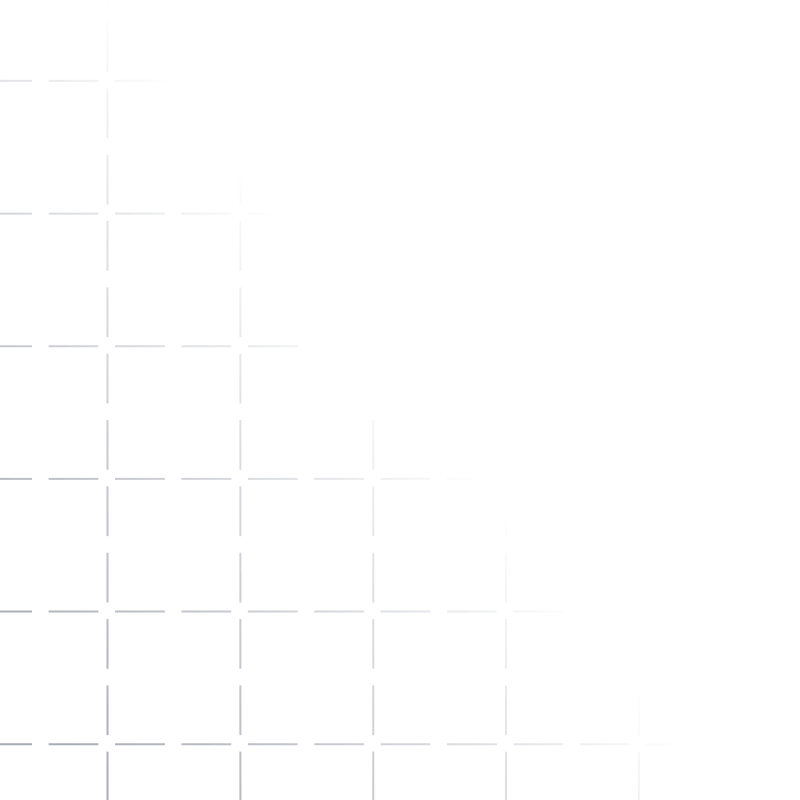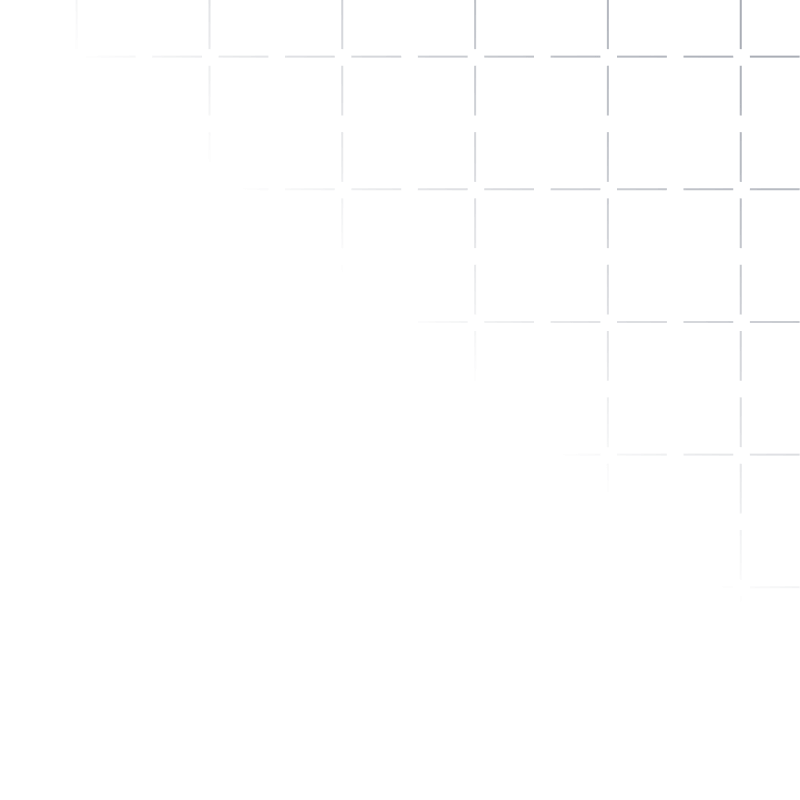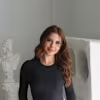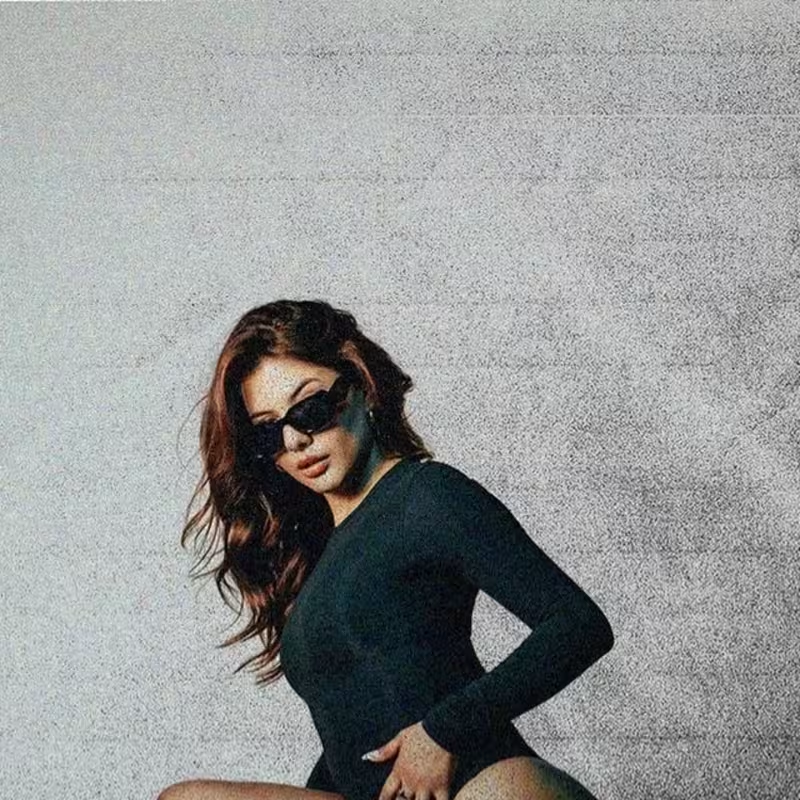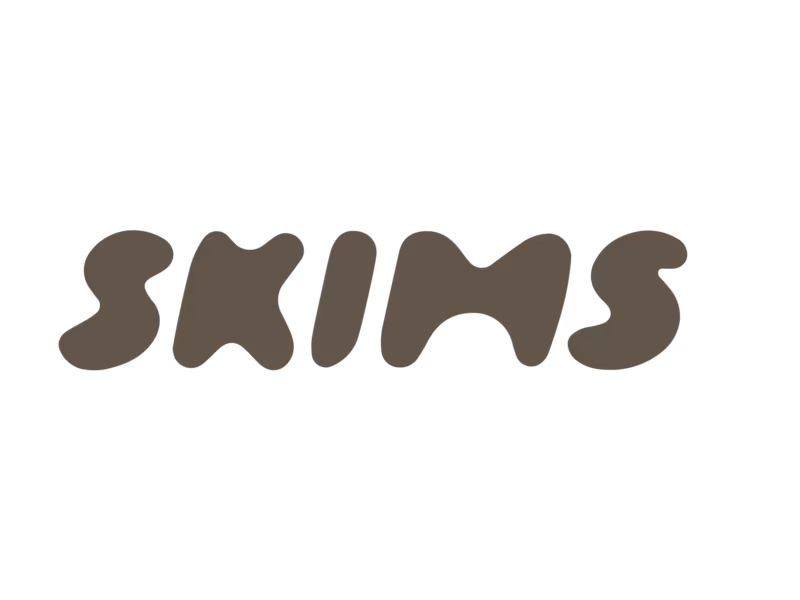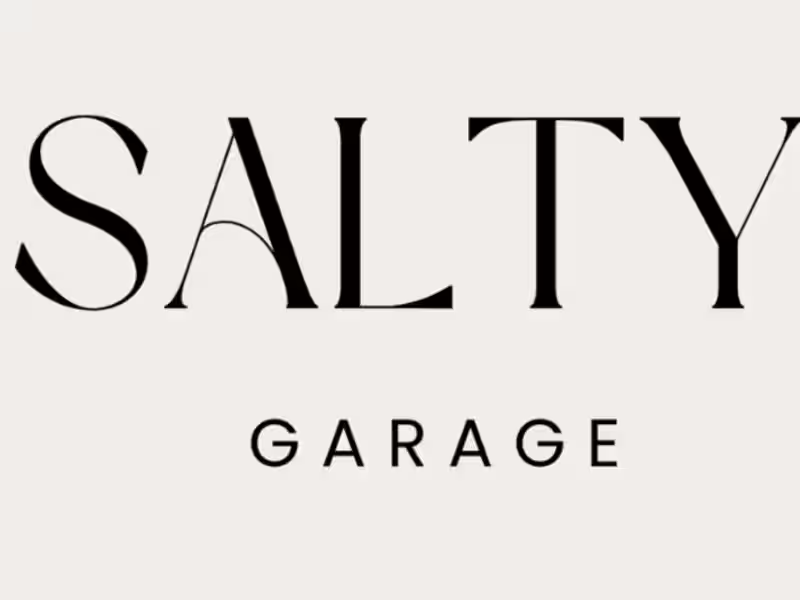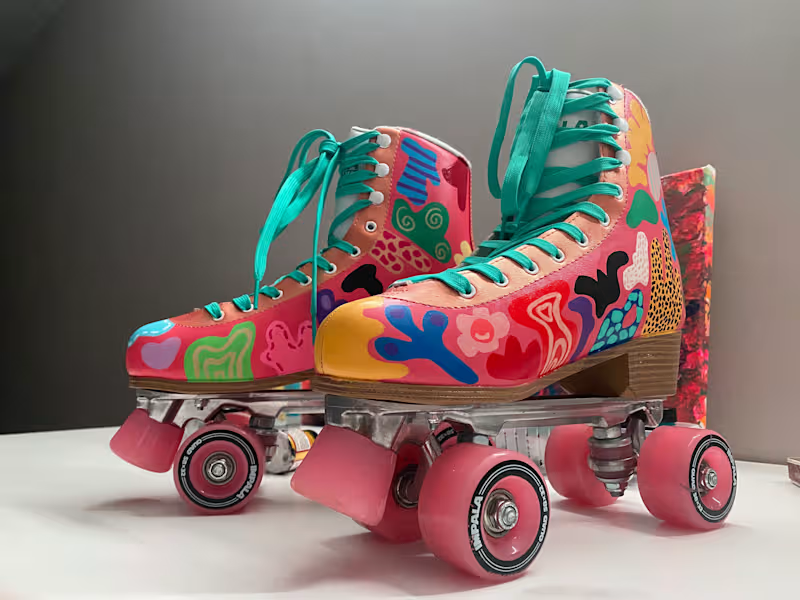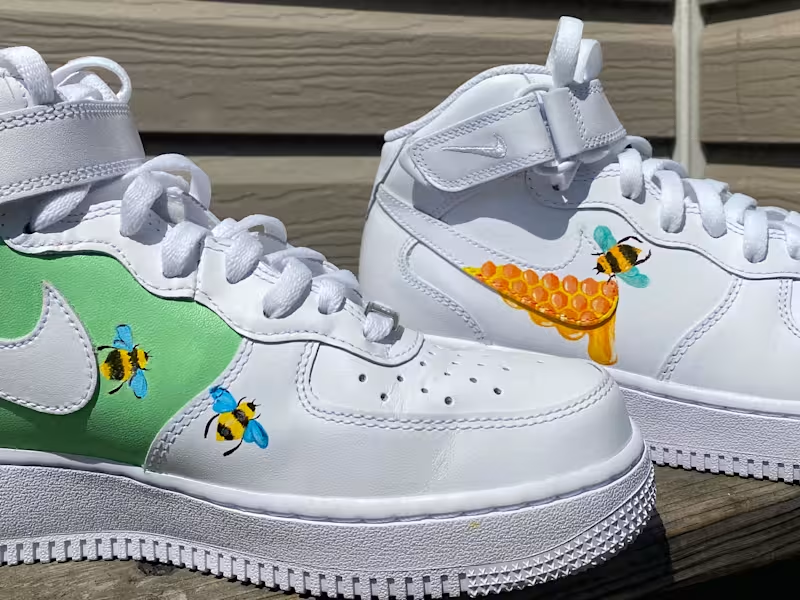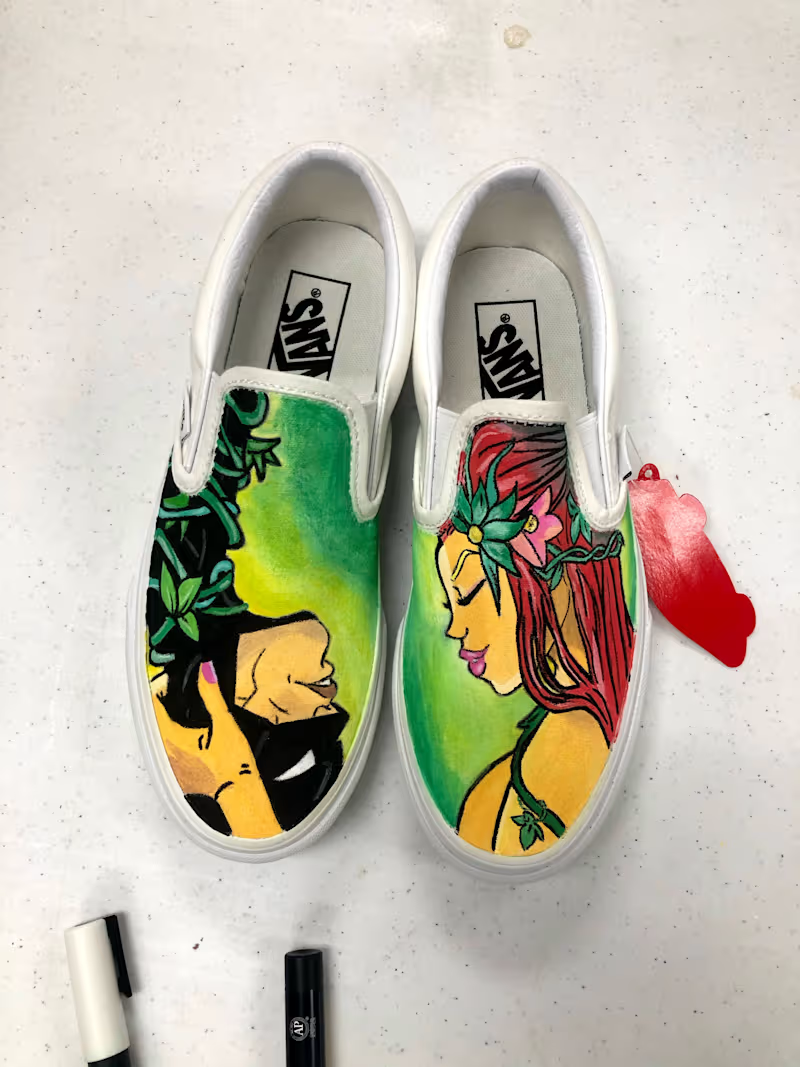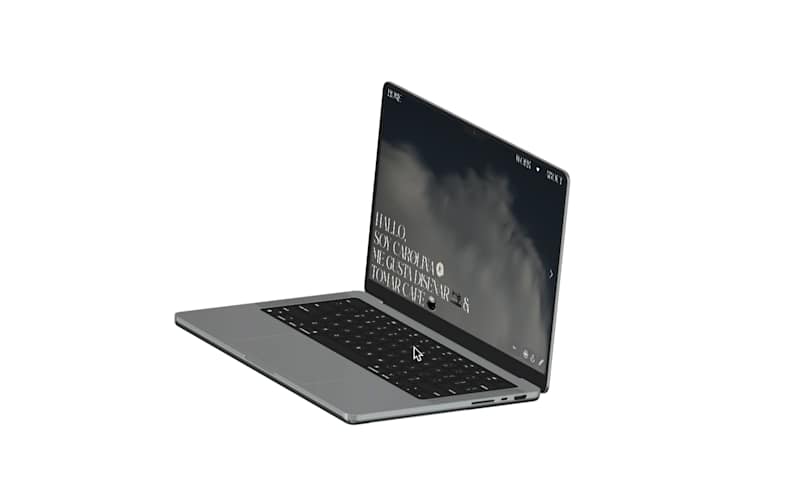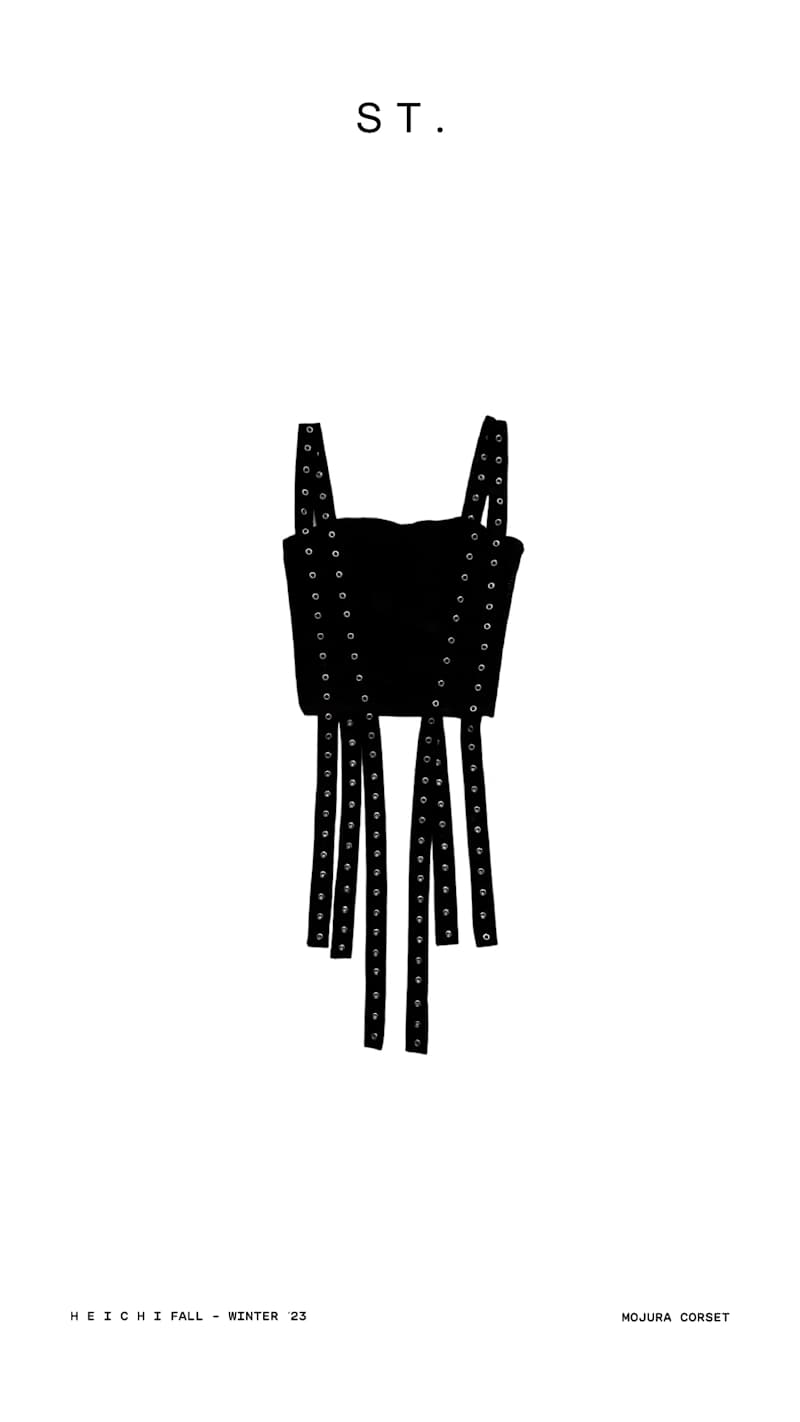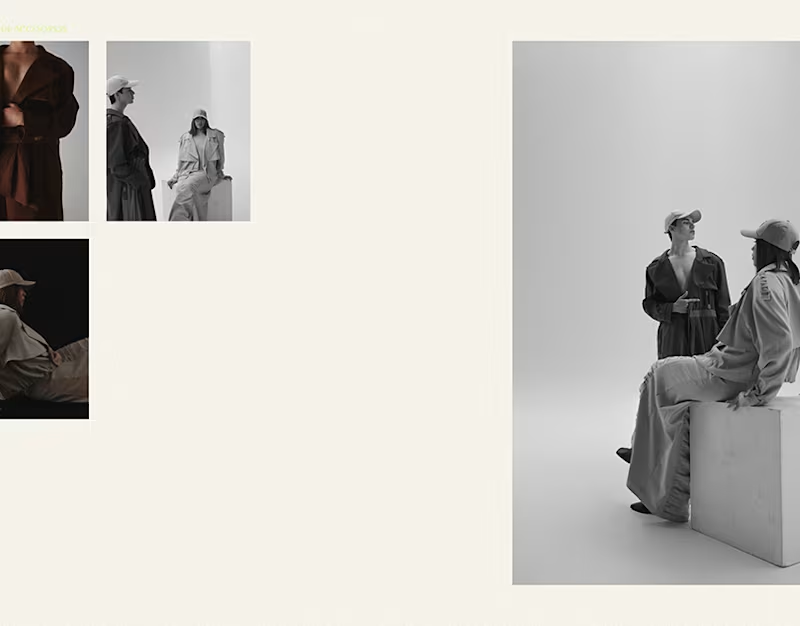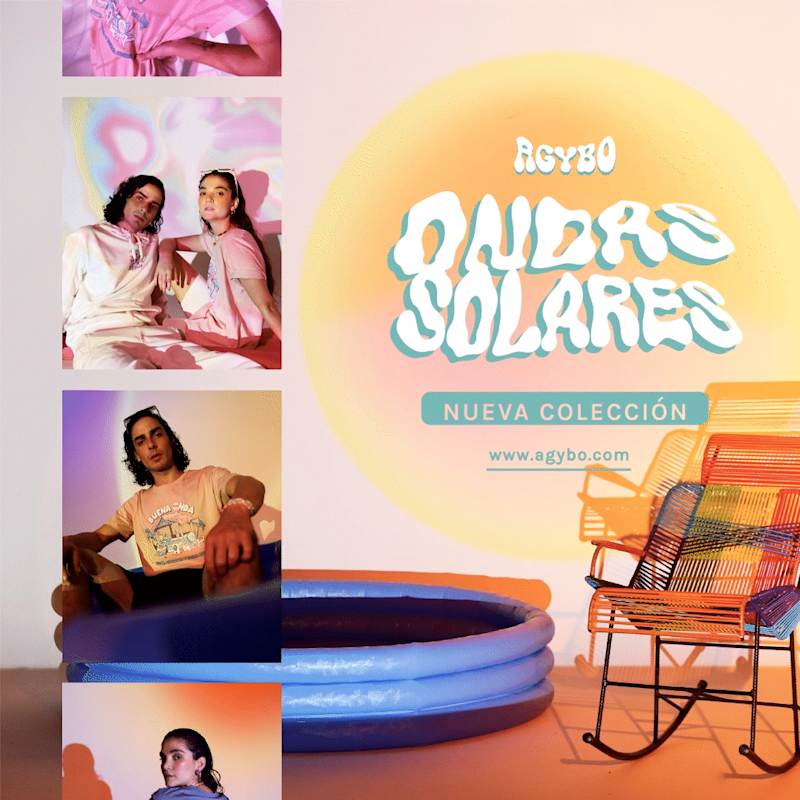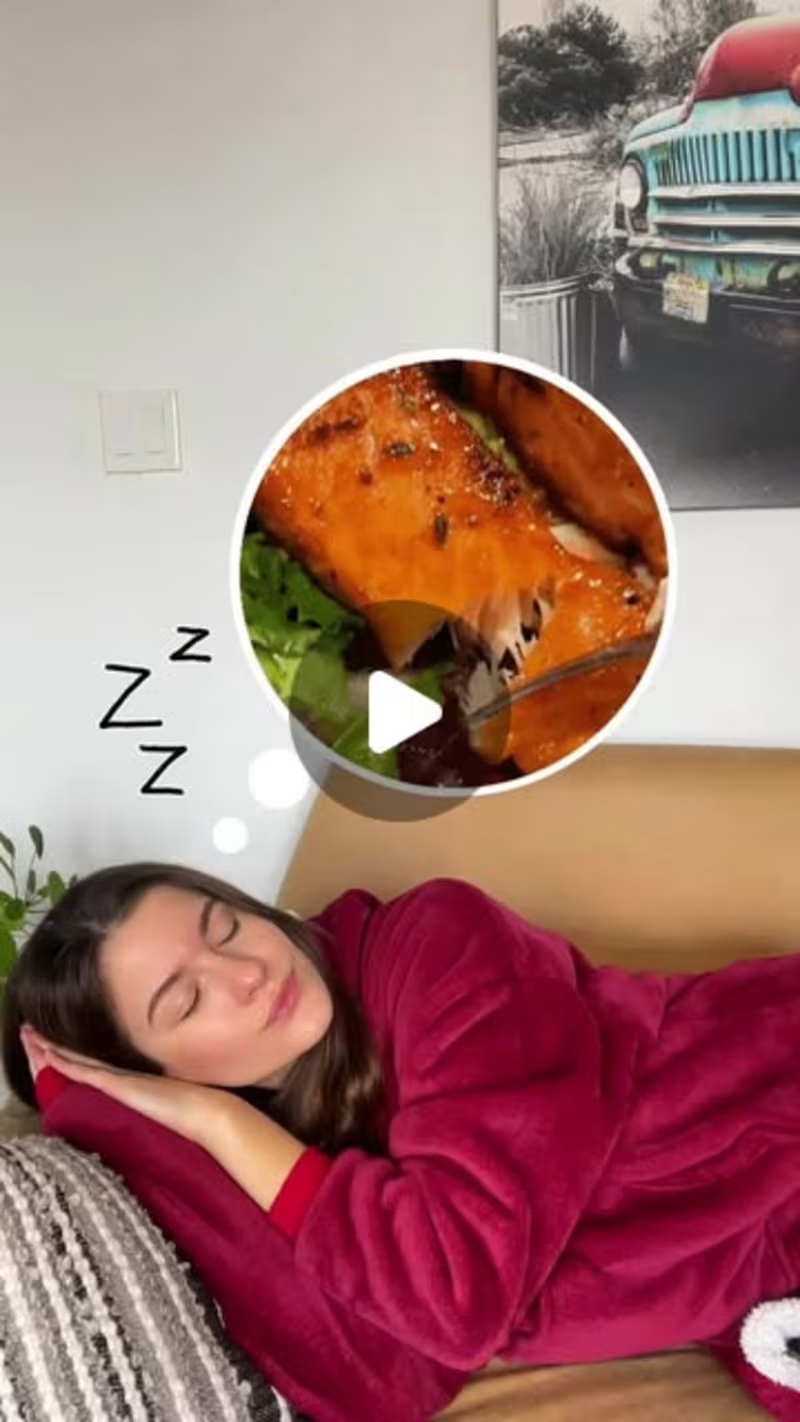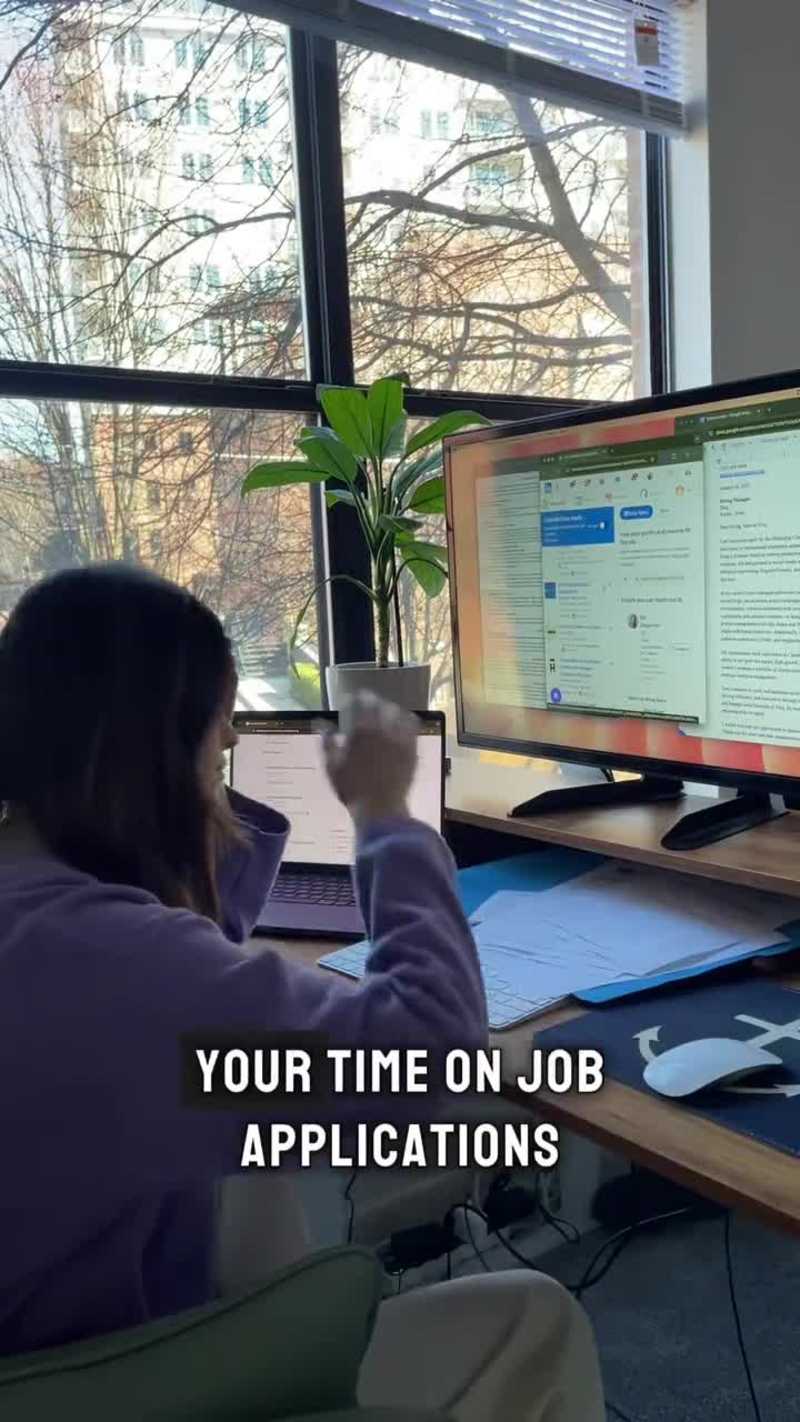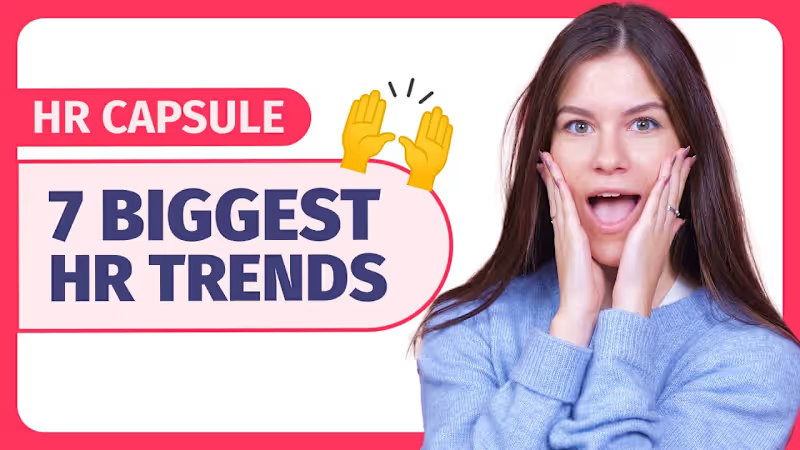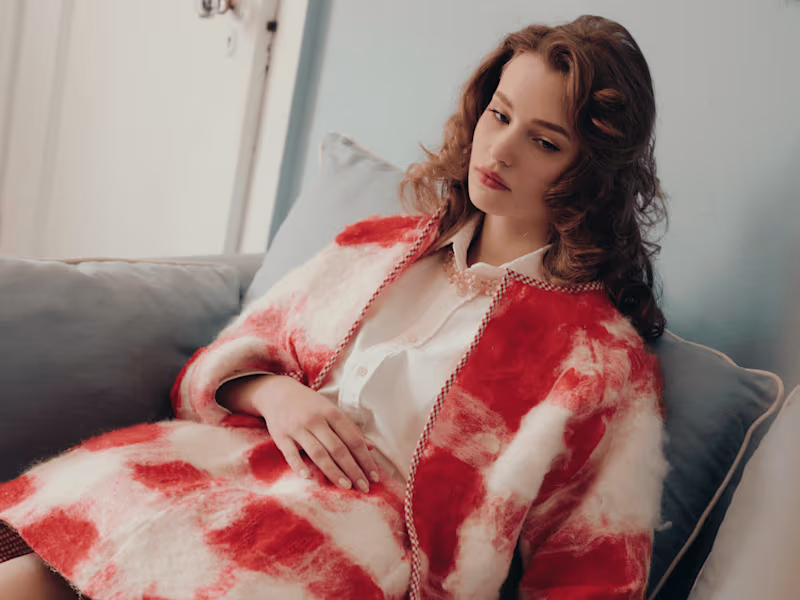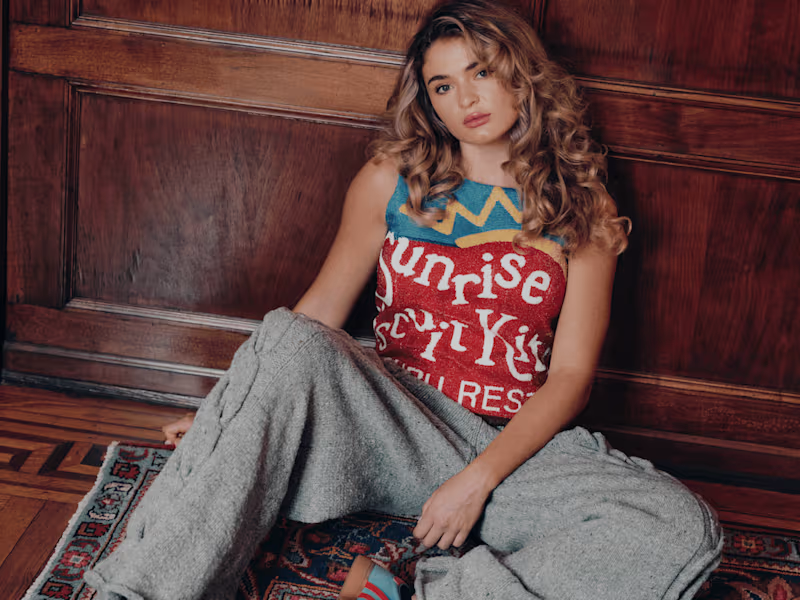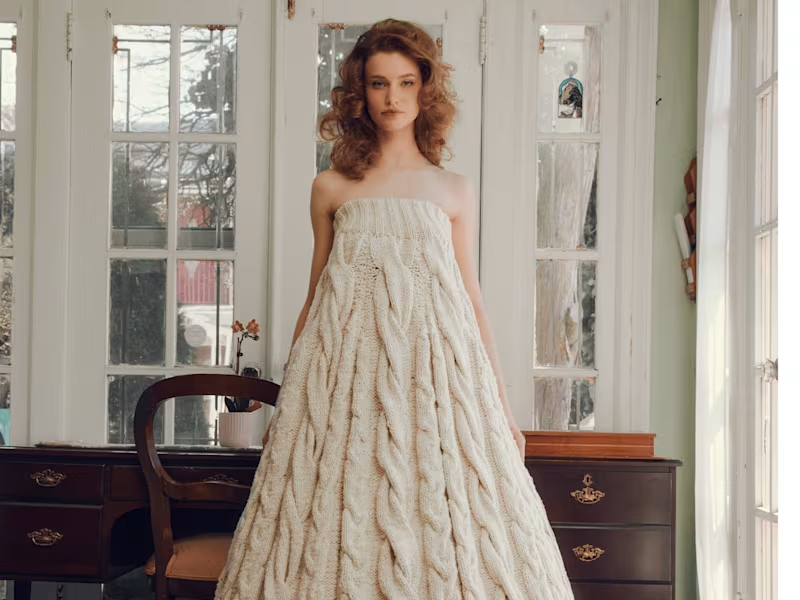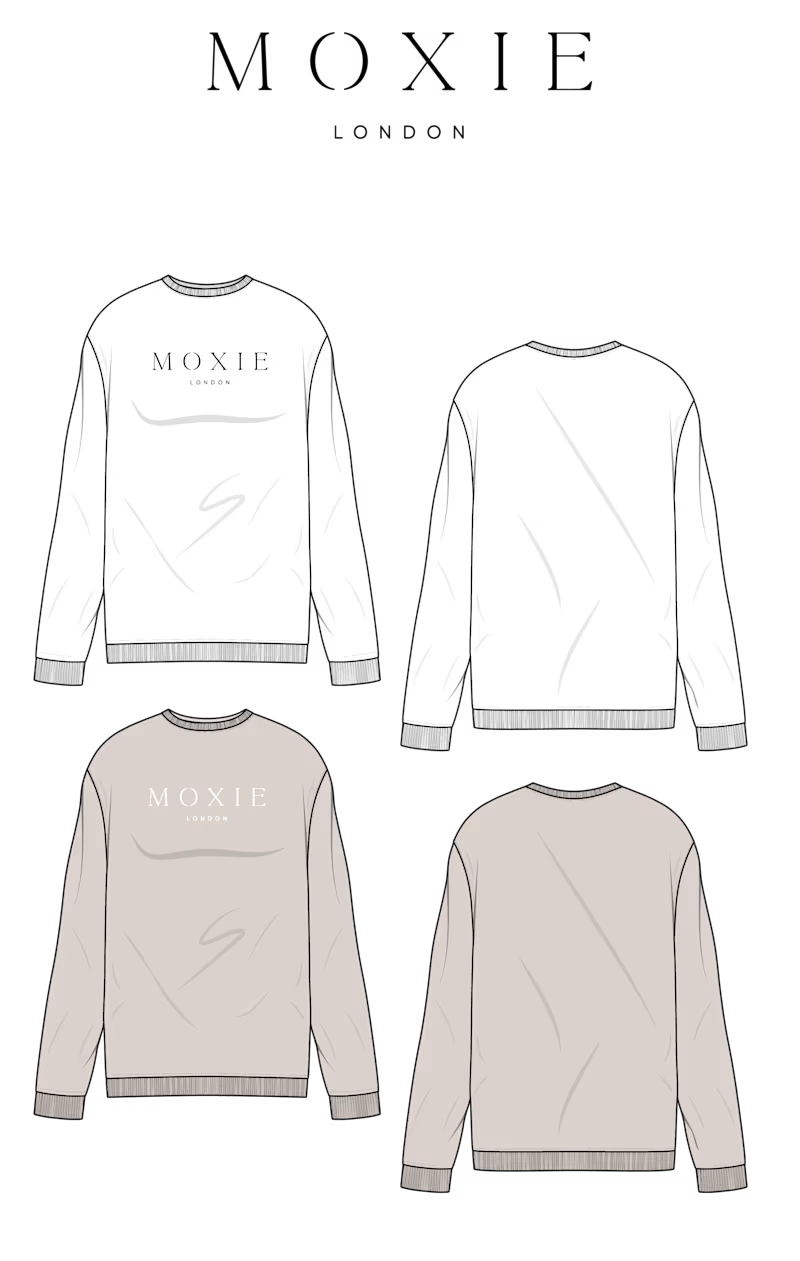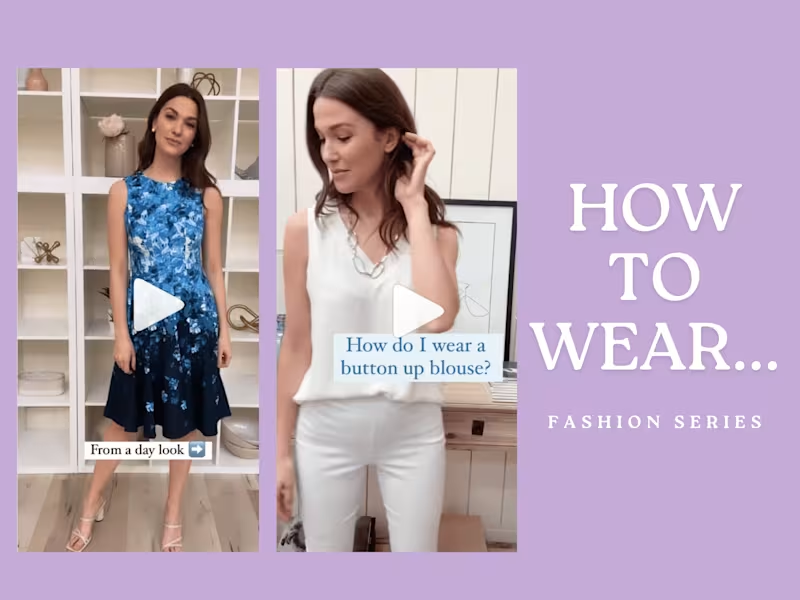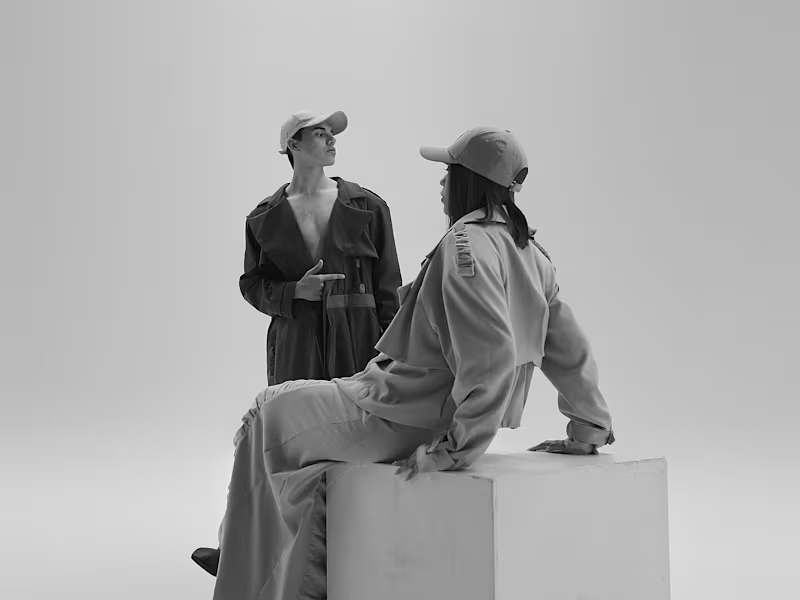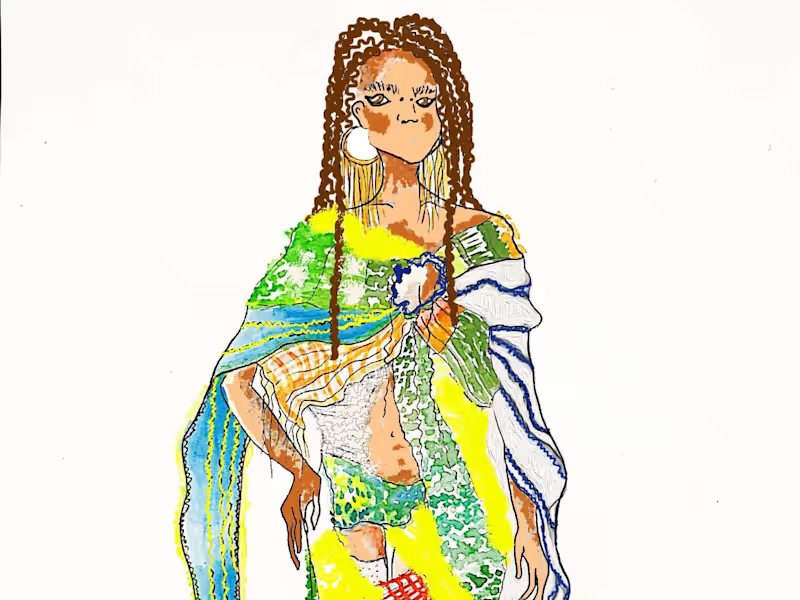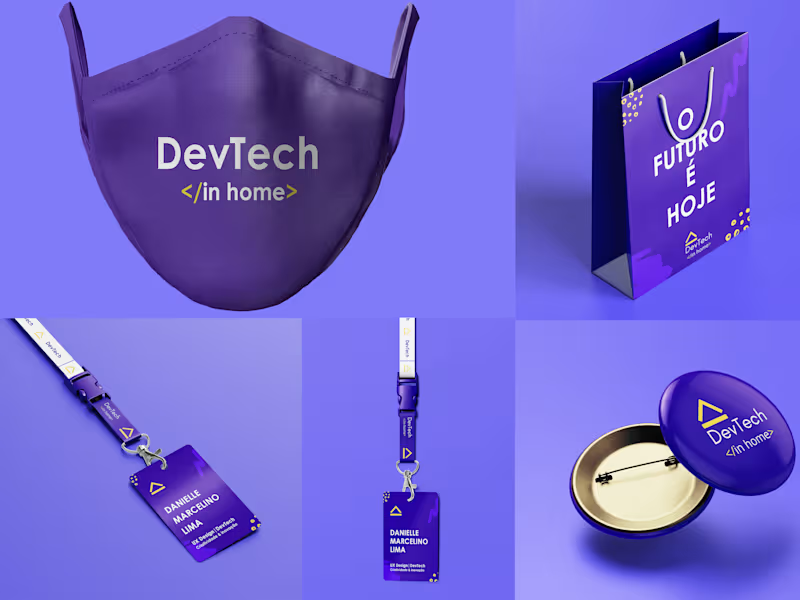What should I define in my project requirements?
Clearly outline the scope of the project. Specify what kind of styles or themes you want explored. Mention any resources or inspirations you have. Providing details helps the stylist understand your vision better.
How can I set clear expectations with the fashion stylist?
Communicate the timelines and key deliverables. Make sure the stylist knows what you need and when you need it. This helps ensure that your project progresses smoothly and reduces mistakes.
How do I ensure that the stylist aligns with my brand's image?
Provide the stylist with examples of your brand's previous works or mood boards. Share your brand's values and mission. This will help them style in a way that matches your brand’s identity.
What should I include in my creative brief?
List the key themes, styles, and occasions the fashion stylist should cover. Include essential colors and materials or inspirations. A well-structured brief guides the stylist in creating looks that fit your needs.
How do I decide on the timeline for my project?
Consider how complex the styling needs are. Identify any key dates or events your project revolves around. Make sure the timeline gives the stylist enough time to do great work.
How can I make sure the fashion stylist understands the target audience?
Share information about who your audience is, including age, lifestyle, and preferences. This comprehension helps the stylist curate fashion that appeals specifically to your audience.
What should I do to support collaboration with the stylist?
Set up regular check-ins or updates. This keeps everyone aligned on project progress and any changes needed. Being open to feedback makes sure the end result is truly joint effort.
How can I facilitate a smooth start to the project?
Have a kickoff meeting to discuss the project in detail. Ensure all necessary resources or references are shared. A strong start ensures that all involved know what is expected from the beginning.
What tools should we use to manage the project?
Use tools both parties are comfortable with for organizing tasks and communications. This could be collaborative document apps or specific project management platforms. Choosing the right tools fosters efficient workflows.
Who is Contra for?
Contra is designed for both freelancers (referred to as "independents") and clients. Freelancers can showcase their work, connect with clients, and manage projects commission-free. Clients can discover and hire top freelance talent for their projects.
What is the vision of Contra?
Contra aims to revolutionize the world of work by providing an all-in-one platform that empowers freelancers and clients to connect and collaborate seamlessly, eliminating traditional barriers and commission fees.
